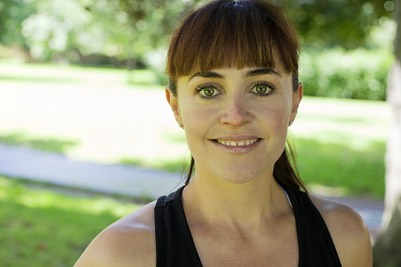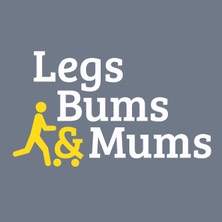Local Mums Online's fitness editor Maria Holley gives her expert advice how to exercise when you are expecting

During pregnancy, your body goes through a phenomenal amount of changes preparing for the birth of your child. These changes do not prevent you from exercising but there are some considerations to think about to ensure that what you are doing is safe and effective. Focusing on the right level of exercise can help you during childbirth and also to help carry the extra weight you may put on during the latter stages.
First Trimester
As soon as you become pregnant, your body starts to produce the hormone Relaxin. This makes your ligaments pliable which is great for the pelvis area as it makes it easier for the baby to make its journey through the birth canal. The downside is that your joints will become looser which can leave them more susceptible to injury, a thorough warm up and cool down will help to decrease this risk. At this stage you don’t need to change any exercise programme too drastically, although avoid any contact sports.
Also, look to add in extra recovery periods and avoid anaerobic exercise (high intensity exercise).
Second Trimester
By 16/20 weeks, stop abdominal exercises lying on your back. An alternative is to kneel on your hands and knees with your knees under hips, hands under shoulders and fingers facing forwards. Keep the back flat and neck long. As you breathe out draw your belly button towards your spine, keeping the elbows slightly bent to prevent them locking. Hold for a count of six, continuing to breathe, and then lower with control being careful not to arch the back
If you haven’t already taken high impact workouts out of your training, then this is the point to do so. With the effect of relaxin and the increased weight of the uterus, you are putting added stress onto your joints and pelvic floor muscles - make sure you are doing regular pelvic floor exercises!
In the second Trimester I would suggest that on a scale of 1-10 (with 10 being the hardest you could possibly exercise), you should be aiming for a 5/6 at the most. If you can still hold a conversation whilst performing your exercise, this is fine. If not, lower the intensity!
If the exercises you are doing involve holding your body weight (i.e. press ups or tricep dips) you might find your wrists starting to hurt. Circle your wrists during breaks or switch to using resistance bands.
Third Trimester...
The changing centre of gravity in your body affects your movement control and you might start feeling a little clumsier. Exercises involving changes of direction and weight transference will become more difficult. Because of this it is really important that you focus on technique as the extra weight and looser joints can make you prone to injury.
Stretching - avoid anything prolonged/extreme, because of the effects of relaxin - although upper back and chest stretches sitting down should feel quite nice.
Lastly, I would recommend sitting on a Swiss/birthing ball and rolling your hips around in a circle, as this will help to encourage your baby’s head to get into the right position for birth.
Pregnancy doesn’t mean that your exercise programme has to stop. With a few changes you can ensure you maintain a good level of fitness throughout – just remember to listen to your body!
For more information on ante and post natal fitness go to www.legsbumsandmums.com or contact Maria at: maria@legsbumsandmums.com

Maria Holley is a Local Mum of Liam, five, and Matthew, three. She used to work as an actress in West End Musicals but since having her kids retrained as a pesonal trainer and runs her own local fitness business Maria Holley Fitness.
